
We all like a bit of good luck now and then, and on 21 June 2019, I feel I had my fair share. I was driving slowly along one of the many gravel roads around Napier in the Western Cape when I saw a Black-winged Kite that had settled low in a tree. Always hoping to catch that next great shot, I started to photograph the bird. Suddenly, from behind, up swooped another kite.
The first one crouched low and spread her tail and the second one mounted her, flapping to keep himself steady. In seconds he was gone. He returned a few minutes later and repeated the performance. What a great sighting!
I decided to try and observe these kites through what I hoped would be a successful breeding cycle. I soon found the nest site in a nearby tree, about five or six metres from the ground. From a distance I watched as both kites brought sticks, either picked up from the ground or broken off nearby bushes, to the site and started building up the nest.
Over the next few days they continued to add to the structure until, on 29 June, I noticed that the female was actually sitting on it. Throughout the next two weeks, she remained there while the male either perched in a nearby tree or brought more sticks to the nest. The sticks were collected from what appeared to be a favourite spot, a large pile of old branches and pieces of shrub. The male would pull on some of them until he found the one he wanted, then take the chosen stick in his bill and fly back to the nest site, depositing it next to the female and departing quickly. She would take her time over arranging it exactly where she wanted it.
Denne historien er fra January - February 2020-utgaven av African Birdlife.
Start din 7-dagers gratis prøveperiode på Magzter GOLD for å få tilgang til tusenvis av utvalgte premiumhistorier og 9000+ magasiner og aviser.
Allerede abonnent ? Logg på
Denne historien er fra January - February 2020-utgaven av African Birdlife.
Start din 7-dagers gratis prøveperiode på Magzter GOLD for å få tilgang til tusenvis av utvalgte premiumhistorier og 9000+ magasiner og aviser.
Allerede abonnent? Logg på

EXPLORING NEW HORIZONS
Keith Barnes, co-author of the new Field Guide to Birds of Greater Southern Africa, chats about the long-neglected birding regions just north of the Kunene and Zambezi, getting back to watching birds and the vulture that changed his life.

footloose IN FYNBOS
The Walker Bay Diversity Trail is a leisurely hike with a multitude of flowers, feathers and flavours along the way.
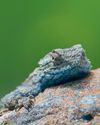
Living forwards
How photographing birds helps me face adversity
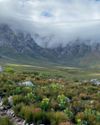
CAPE crusade
The Cape Bird Club/City of Cape Town Birding Big Year Challenge
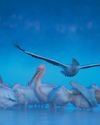
water & WINGS
WATER IS LIFE. As wildlife photographer Greg du Toit knows better than most.
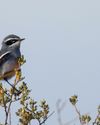
winter wanderer
as summer becomes a memory in the south, the skies are a little quieter as the migrants have returned to the warming north. But one bird endemic to the southern African region takes its own little winter journey.
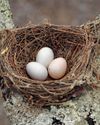
when perfect isn't enough
Egg signatures and forgeries in the cuckoo-drongo arms race
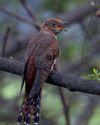
Southern SIGHTINGS
The late summer period naturally started quietening down after the midsummer excitement, but there were still some classy rarities on offer for birders all over the subregion. As always, none of the records included here have been adjudicated by any of the subregion's Rarities Committees.
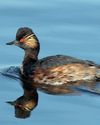
flood impact on wetland birds
One of the features of a warming planet is increasingly erratic rainfall; years of drought followed by devastating floods. Fortunately, many waterbirds are pre-adapted to cope with such extremes, especially in southern Africa where they have evolved to exploit episodic rainfall events in semi-arid and arid regions. But how do waterbirds respond to floods in areas where rainfall - and access to water - is more predictable? Peter Ryan explores the consequences of recent floods on the birds of the Western Cape's Olifants River valley.
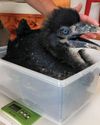
a star is born
It’s every producer’s dream to plan a wildlife television series and pick the right characters before filming.